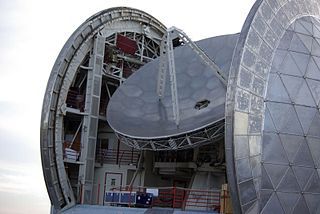Caltech Makes Energy Efficiency a Hot Priority. Can't We All?
I just had a terrific conversation on the subject of energy efficiency, where the caller wanted to know why businesses don’t invest in capital improvements that will lower their utility bills at such rapid and proven rates that the pay-back period is incredibly attractive. CalTech is getting a 22% IRR (internal rate of return), simply by ”doing the right thing” with respect to the efficiency of their buildings here in Southern California, but they’re one of few businesses/institutions that have taken the plunge. Why is this so hard to sell?
Well, obviously, many businesses don’t own the real estate in which they operate, so you have an issue there. The only other answer I can discern is a matter of priorities. Regardless of the IRR, some companies would rather invest in their core businesses than in capital equipment that lies outside what they actually do. Energy efficiency isn’t a visible, top-of-mind subject. Yet.
I think we’re close to a huge boom in efficiency, as more of the case studies like CalTech make the rounds. Let’s hope so, anyway.


An internal rate of return of 22% is very high. It makes little sense not to invest in something with a return that high.
And, internal rate of return, not payback, is the gold standard for evaluating investment. Unfortunately, it seems that the public in general is unaware of that method. Before high speed computers were common, we used discounted cash flow because IRR was too difficult to calculate, but now IRR is the way to go.
In regards to businesses occupying rented premises, there will always be a problem getting them to invest in efficiency measures – especially those which take longer than the lease period to recover, and which potentially generate more advantage to the landlord than the tenant.
The only way to tackle this I would say is to make it advantageous to the building owner to make the building efficient.
In the UK, (and I believe across the EU) there is a legal requirement for large buildings with public access to display a building energy performance certificate in a public area. Soon, there will be a requirement for an energy performance report to be made available to anyone renting or buying commercial premises as is already the case for residential buildings. This certificate indicates the likely energy consumption and energy cost of the building under expected use, and can be used by the prospective buyer / tenant to choose more energy efficient and hence lower cost of use buildings. The report also details methods with indicative costs and savings by which the building can be made more efficient. This process will hopefully drive building owners over time to upgrade the efficiency of their buildings in order to make them more attractive to tenants and so reduce periods where the building is not let.
There are tax advantages to be obtained by improving the efficiency of buildings – with some measures receiving 100% offset against taxable UK income in the first year.
One other measure, any building installing a new photovoltaic array will only get the full feed in tariff rate if their building reaches grade D or above on the energy performance certificate scale.